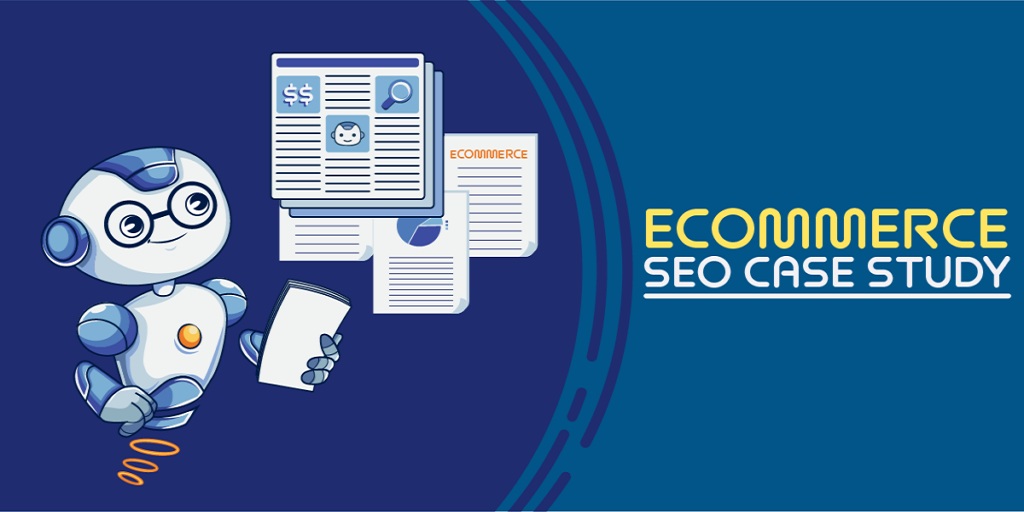
Thinking about hiring an eCommerce search engine optimization company, and poring through their case studies to look for evidence on what sorts of results they can, or even typically, provide?
Don’t let hifalutin figures throw you for a loop. There are a lot of ways to “cook the books” when it comes to eCommerce SEO case studies and what’s really going on.
When you’re reading them, look for these key 5 metrics. Beyond all other figures, these will offer you the most direct, actionable insight into whether or not the campaign produced results that can be replicated in other industries.
1. Organic Impressions
Regardless of what specific keywords an SEO expert targeted as part of a campaign, whether short-tail or long-tail keywords, what matters is if the client’s site showed up in the search results or not.
Google Search Console will show you which pages generated impressions and for what queries. This information is vital to ascertaining organic keyword standings and whether or not the optimizations conducted had a meaningful impact or not. It should be reflected in the case study you’re reading.
In other words, if impressions don’t increase, there’s little to no hope the following metrics will increase, either.
2. Organic Sessions
Sessions basically correspond to how many people visit your website (or how many times a user visits your website, when not looking at unique sessions).
If the topical relevance of your targeted keywords is in order, and product pages, category pages, and blog posts are optimized, then the website in question should be generating more sessions.
That is, more people should be finding the website, interested in the listings in the search results, and clicking on those pages.
3. Organic Session Duration
Not so fast; a click is only good for SEO if it doesn’t result in an immediate bounce. Google is looking out for that sort of thing, which is called clickbait.
You don’t want to employ clickbait in SEO. You want to draft content that actually convinces users to stick around and read, or even better, to buy.
Google Analytics will show just how many users actually stayed on the page and how long they remained there. The longer the better: it means visitors to that website were actually interested in what they found there.
4. Organic Bounce Rate
Bounce rate is a troubling statistic. It connotes users that visit a page and then leave that page without taking any additional actions.
For some sorts of websites, like blogs and publication websites, that’s not a big deal. Users click, read the article, and go their merry way. Intriguing anchor text and internal links can convince users to explore more, though.
However, for eCommerce SEO, bounce rate is bad. You don’t want users to click and then leave. You want them to click and then buy, or click, explore, and then buy.
If the bounce rate associated with an eCommerce SEO campaign is more than 80% for all pages, that might be a cause for concern when filtering for organic search.
5. Organic Conversions
Finally, look for conversion data whenever you’re perusing an eCommerce SEO case study. Granted, SEO cannot guarantee conversions, but these are the golden idol for any eCommerce site. Link building and content optimizations are great; conversions are the end goal.
Any eCommerce SEO case study that shows increases in transactions or conversions probably signifies that the keywords targeted were not only relevant but also associated with a high willingness to purchase.
And those are very good things, as told by very helpful metrics.
Learn More About How to Dissect eCommerce SEO Case Studies
Ready to start investigating some meaningful eCommerce SEO case studies and see what sorts of results your online business stands to gain from an expertly implemented SEO strategy?
Visit Genius eCommerce and take a look through their collection. They also have an entire library dedicated to eCommerce SEO and platform-specific SEO, so take a look through these and see if they answer any of your questions.


